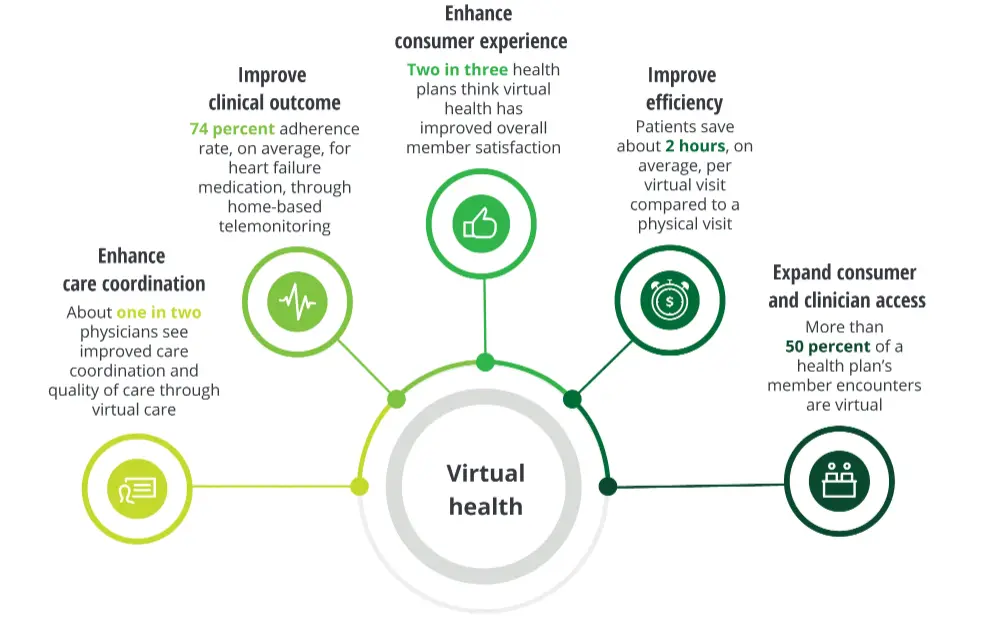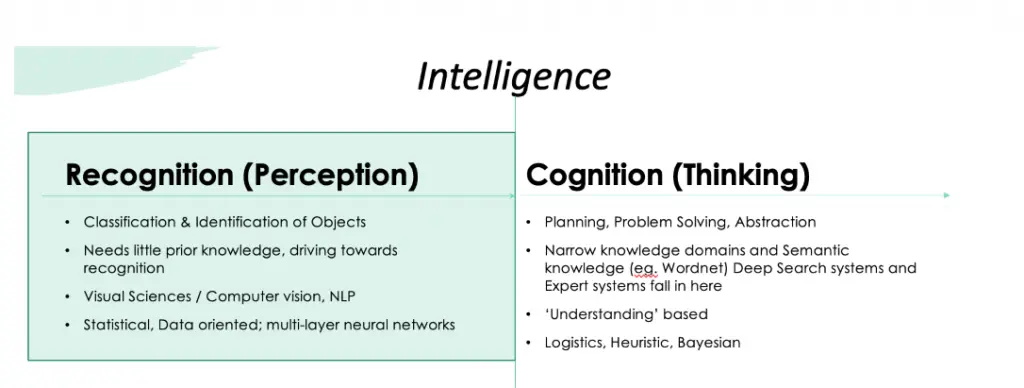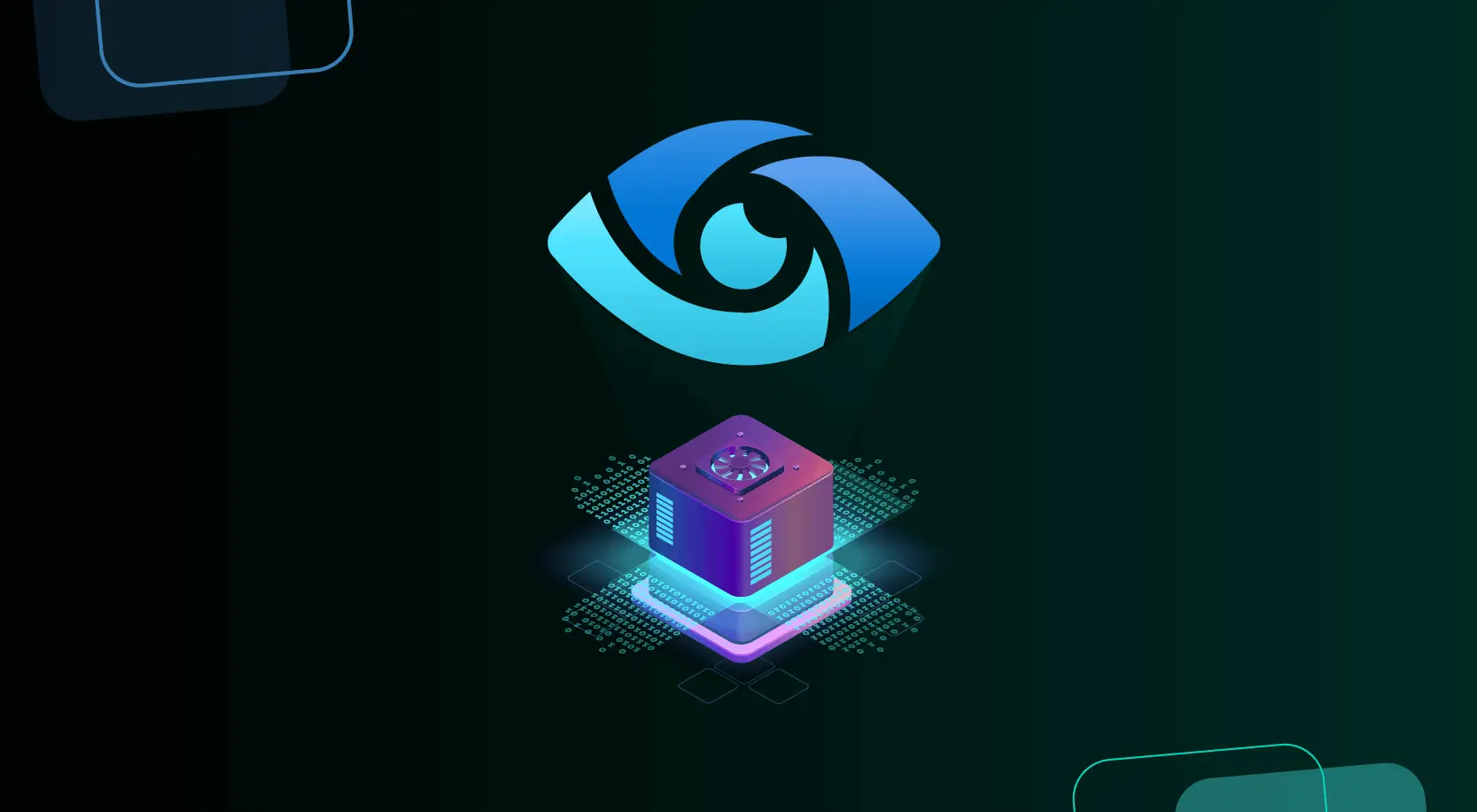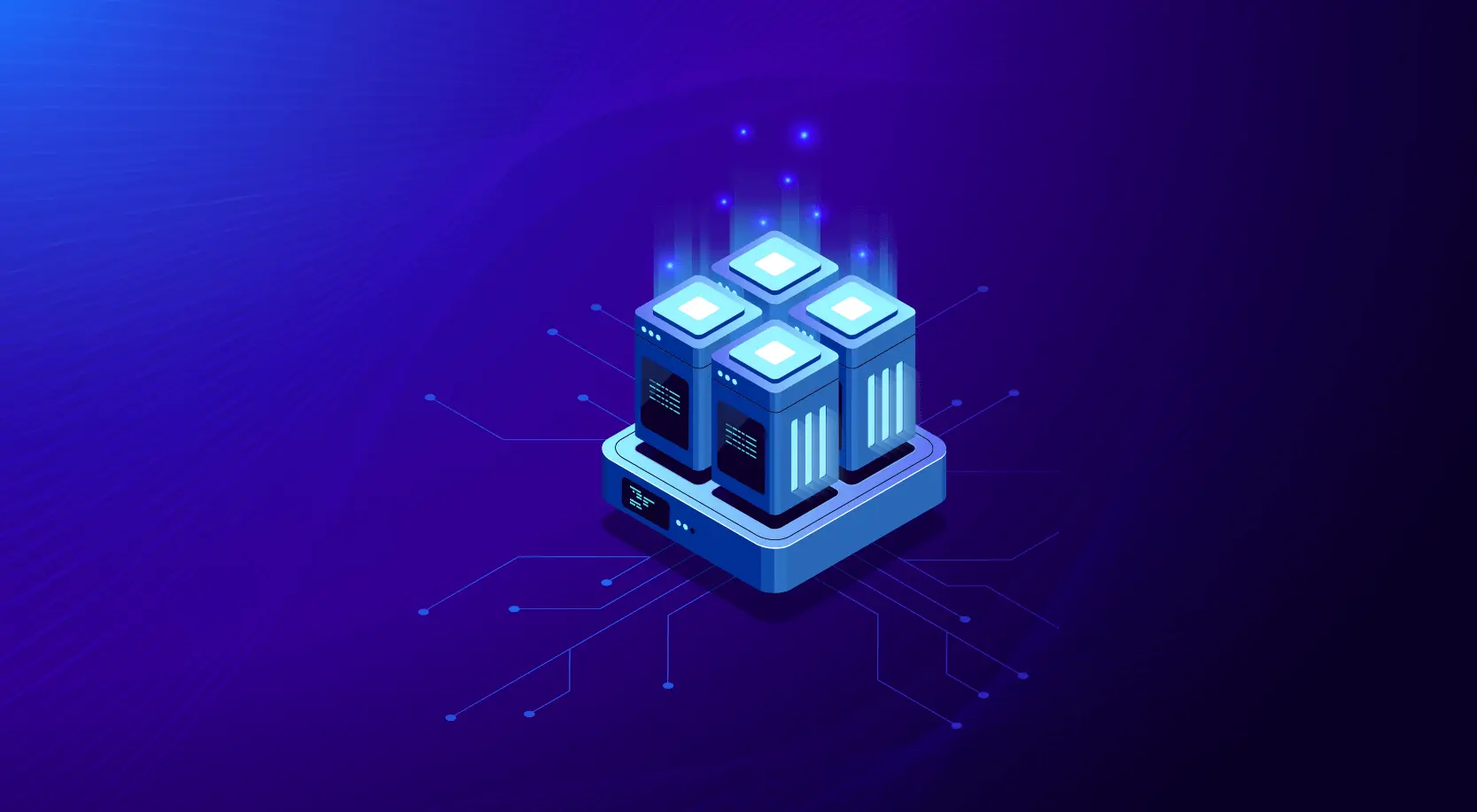
We will all be saved by True AI when using it appropriately for digital health care! Is TeleHealth and Virtual Health Care based on AI the new normal now? There are a lot of theories and opinions that fuel the research done in this area and keeps the hope alive that super intelligent systems will one day be a reality. Till then, healthcare—and every other industry for that matter—is looking forward to integrating and implement AI-enabled solutions into their workflow. Innovation with AI is impacting the ‘Virtual Health’ directly by improving diagnostics and procedural accuracy, infrastructure for patient care, enabling remote patient monitoring, and for aiding drug discovery (refer to Deloitte’s analysis below).

Source: Deloitte
To understand how true and holistic AI is making way into healthcare, it is important to have a deeper understanding of different types of AI. There is a lot of history to this right from 1956 Dartmouth Conference (1st AI Conference) when John McCarthy coined the term Artificial Intelligence (as part of MIT). He believed that “every aspect of learning or any other feature of intelligence can in principle be so precisely described that a machine can be made to simulate it.” In fact, I believe that AI is really not meant to be Artificial, but just Intelligence, which can be utilized to help living beings automate (leveraging concepts of True AI), with deep understanding of human behavior, as can be seen in the illustration below.

Classification of AI
There are multiple kinds of AI classification, depending on the objective, some simply break it down into fuzzy and discrete logic AI. The most common classification of AI is based on the evolution of its capabilities and divides it into three broad types – Artificial Narrow Intelligence (Weak) – ANI, Artificial General Intelligence (Strong) – AGI and Artificial Super Intelligence – ASI.
Types of AI based on Level of Progress
For the uninitiated, ANI refers to machines with a narrow range of abilities. They are designed to perform a given set of tasks but cannot mimic human intelligence. Almost all AI applications that we see around us come under this category, including IBM’s Watson, Siri by Apple and Alexa by Amazon. AGI or strong or deep AI has been evading researchers and developers so far. It refers to machines that are as capable as human beings. Creating such machines is a huge challenge as the human brain and its functioning remains a mystery. Unless scientists can program machines for cognitive abilities and truly understanding the true meaning/context, the human beliefs and emotions, AGI seems unachievable. There are current attempts on to make AI explainable too as well as responsible. ASI refers to intelligent machinery that is superior to human beings in intelligence as well as capabilities. It is only a theory now that we perhaps get to see only in Hollywood Sci-Fi movies.
Types of AI based on Functionality
While that’s the theory of it, functionality-wise AI is segregated into four types – Reactive Machines, Limited Memory, Theory of Mind and Self-aware AI. Reactive AI systems respond to stimuli but cannot learn or perform memory-based functions. Limited memory systems go a step ahead- they have the ability to draw from past data to find the most apt response. Most AI systems today, including bots, are limited memory machines. Theory of Mind artificial intelligence attempts to understand the human mind functioning with the aim of developing human like simulation abilities. This however remains just a concept for now – just like the next AI type, which is the Self-Aware AI. If we live to see self-aware intelligent systems, it would be surreal, and scary, to see machines surpass human capabilities in every aspect.
The Third Typification
Well-known AI technologist, Francesco Corea, argues that though commonly found classification of AI works well to educate novices, it holds little utility for those who possess deeper domain knowledge. According to him, a usage centric classification that creates an AI Knowledge Map (AIKM) will be more instrumental in furthering the research and innovation endeavours of mature AI users. Using the below given graphic representation, he explains in a Forbes article, how AI Paradigms and AI Problem Domains interact to create a knowledge bank that can be used by leading AI users. In the process, he categorizes AI according to different methodologies used by researchers. The categories are logic-based tools, knowledge-based tools, probabilistic methods, machine learning, embodied intelligence, and search optimization.

AI Knowledge MAP (Source: Forbes)
At WinWire, in partnership with Microsoft, we are building the next generation of Knowledge Mining solution accelerators for healthcare and related fields. The objective is to enable efficient processes for search and content tagging along with actionable business intelligence which will result in operational workflows and quality use of healthcare data. So what kind of AI does one use in this case? For knowledge mining solutions, we utilize narrow or Symbolic AI plus Computer Vision & NLP along with some sub-symbolic AI for search and optimization.
FlashTalk on AI in Healthcare – Watch this discussion with Dr. Adam Pease, NLP/Semantic Scientist, on AI/Ontology in healthcare informatics.
In my next blog, I will be exploring the possibilities with ‘Responsible AI’ in healthcare to give you a glimpse of what the future of healthcare services will look like. It may seem light years away from today but realizing and utilizing the power of relevant data and true AI in healthcare will open unimaginable possibilities for the sector.






